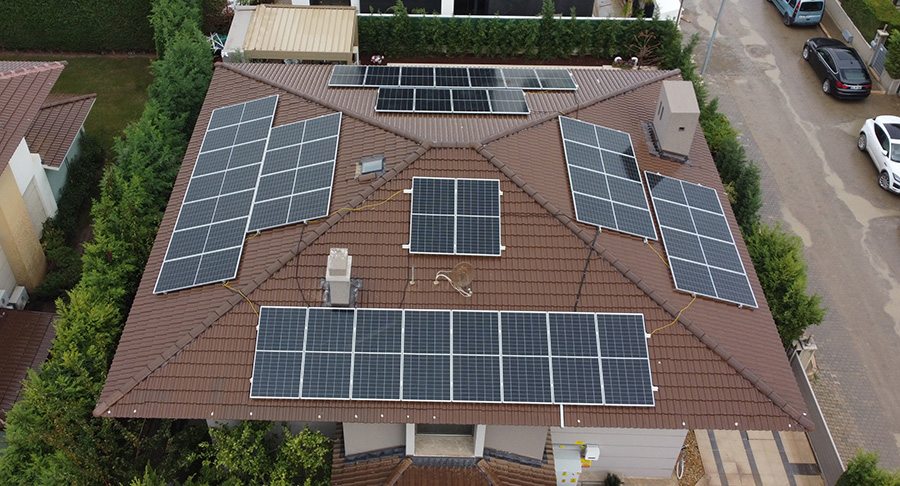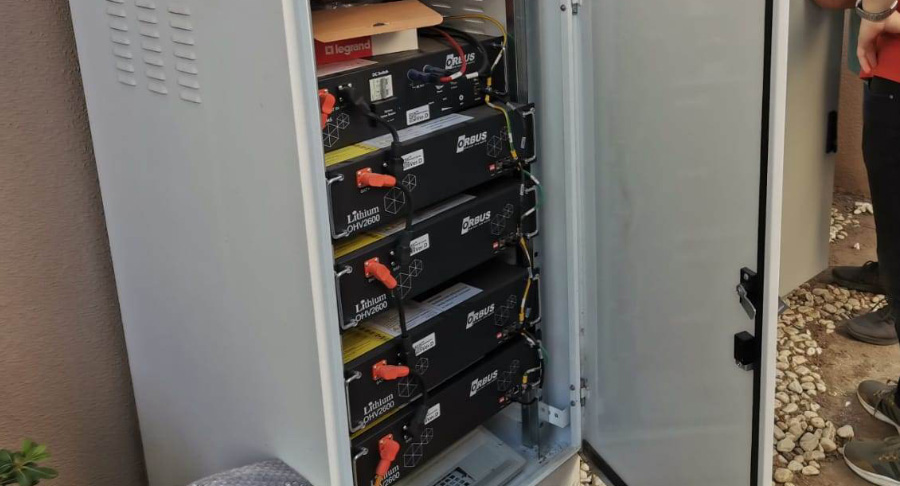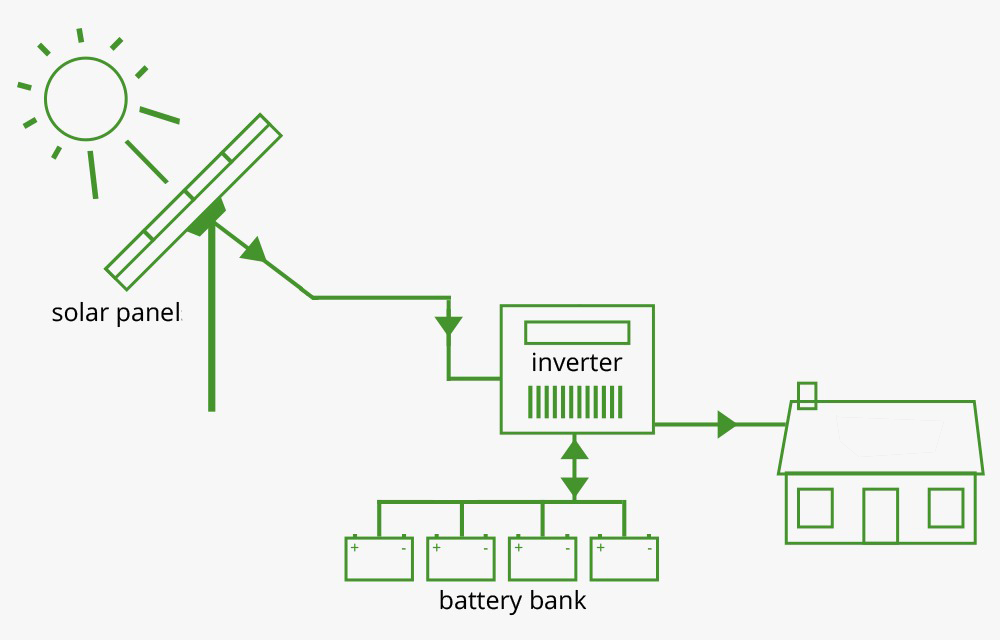Although they are most common in remote locations without utility grid service, off-grid solar-electric systems can work anywhere. These systems operate independently from the grid to provide all of a household’s electricity. That means no electric bills and no blackouts—at least none caused by grid failures. People choose to live off-grid for a variety of reasons, including the prohibitive cost of bringing utility lines to remote homesites, the appeal of an independent lifestyle, or the general reliability a solar-electric system provides. Those who choose to live off-grid often need to make adjustments to when and how they use electricity, so they can live within the limitations of the system’s design. This doesn’t necessarily imply doing without, but rather is a shift to a more conscientious use of electricity.
Network Independent Systems


System Components
1. Solar modules
The solar modules silently convert sunlight into emissions-free direct current.
2. Battery
The direct current is stored in the battery until you need it.
3. Charge controller
The charge controller monitors the charge status of your battery. It prevents it from overcharging or depleting completely.
4. Inverters
The direct current produced by the solar modules is then converted into alternating current for appliances with alternating current. For appliances with direct current input, an inverter is not necessary. They can be hooked up to your solar energy unit directly.

